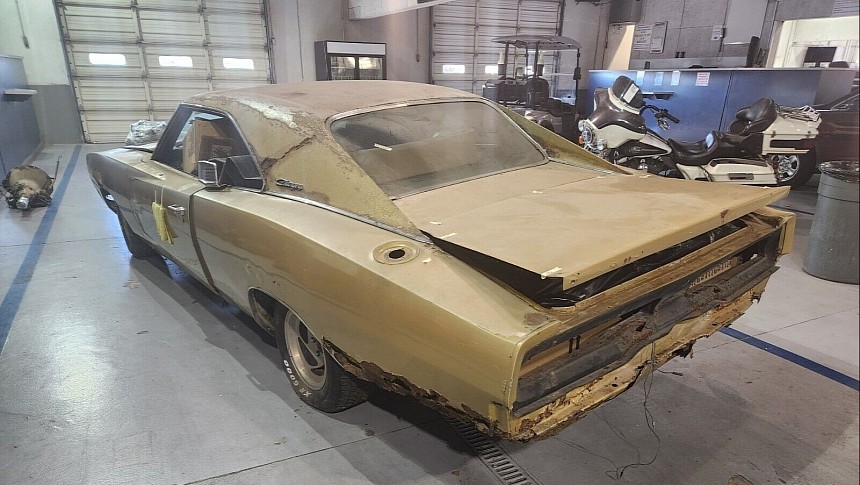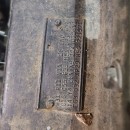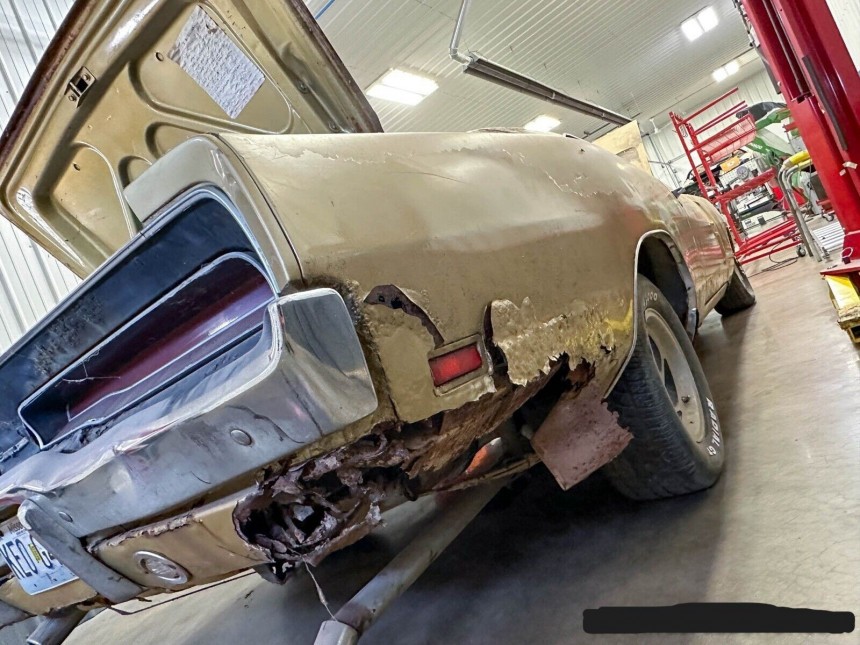In 1969, the Charger dropped in sales a little but still scored high, at over 85,000 units – not too bad for a muscle car, but not enough to satisfy the demand of today’s market. Hence, prices for the second-generation examples stay high and don’t necessarily reflect a particular car’s actual value. Then again, the right price is what a seller is willing to take, irrespective of what the market fluctuations say.
‘The difference between boys and men in the price of their toys’ – cars probably hold the top spot by a long margin over anything else. Take a set of LEGOs, for example: give it to a five-year-old, and ten years later, expect him to start prowling junkyards looking for projects. Putting a car together (miniature scale or real-life muscle) is therapeutic, and any gearhead will agree.
Granted, it may not be the therapy the U.S. Department of Health recommends for combating ailing finances, but let’s not be picky. After all, what’s wrong with putting together an old car with a matching-numbers engine and transmission that the current owner doesn’t want to finish after starting the project?
Take this 1969 Charger as an example: 383 four-barrel, three-speed Torqueflite tranny, 3.23 Posi rear, factory air conditioning, AM radio, black vinyl top, buckets, and a console. The current caretaker bought this survivor with the honest intention of putting them back on the road after a meticulous restoration. But, as all too often happens, the tear-down revealed that it would take more effort than anticipated.
By ‘effort,’ I mean ‘cubic dollars’ and ‘time,’ so the owner decided to let the next Mopar-headed enthusiast enjoy the puzzle. But he did tag all the parts he took off the car during the 150+ hours invested into getting the Charger ready for a frame-off rejuvenation. According to the seller, most of the hard work about the Dodge’s disassembly has already been dealt with.
The good news is the engine was turning and running – in 2020 – ‘off of a jug,’ as the proprietor notes. The bad part is the back side of the Mopar: terminal-phase rust has eaten the inner and outer rear quarter panels, valance, and tail light section (and the gallery holds the proof). Also, as you may have noticed already, there’s something not right about this 1969 Charger – literally. The car leans on one side because a front torsion bar cross-member broke away from the frame owing to aggressive metal corrosion.
The car is now a rolling shell filled with its own entrails, and the engine is on a pallet, ready for dispatch. This original not-exactly-surviving Charger does have some pissing elements (front wheel moldings, the AM Radio and its faceplate, and a few console trim pieces).
The venerable Charger is offered for sale on eBay, and the current offer sits at $20,100, four days before all bets are off. So far, there’s been a low interest in this Mopar, with just two bids placed for the iconic machine currently residing in Oklahoma City, Oklahoma.
Granted, it may not be the therapy the U.S. Department of Health recommends for combating ailing finances, but let’s not be picky. After all, what’s wrong with putting together an old car with a matching-numbers engine and transmission that the current owner doesn’t want to finish after starting the project?
Take this 1969 Charger as an example: 383 four-barrel, three-speed Torqueflite tranny, 3.23 Posi rear, factory air conditioning, AM radio, black vinyl top, buckets, and a console. The current caretaker bought this survivor with the honest intention of putting them back on the road after a meticulous restoration. But, as all too often happens, the tear-down revealed that it would take more effort than anticipated.
The good news is the engine was turning and running – in 2020 – ‘off of a jug,’ as the proprietor notes. The bad part is the back side of the Mopar: terminal-phase rust has eaten the inner and outer rear quarter panels, valance, and tail light section (and the gallery holds the proof). Also, as you may have noticed already, there’s something not right about this 1969 Charger – literally. The car leans on one side because a front torsion bar cross-member broke away from the frame owing to aggressive metal corrosion.
The car is now a rolling shell filled with its own entrails, and the engine is on a pallet, ready for dispatch. This original not-exactly-surviving Charger does have some pissing elements (front wheel moldings, the AM Radio and its faceplate, and a few console trim pieces).
The venerable Charger is offered for sale on eBay, and the current offer sits at $20,100, four days before all bets are off. So far, there’s been a low interest in this Mopar, with just two bids placed for the iconic machine currently residing in Oklahoma City, Oklahoma.










































